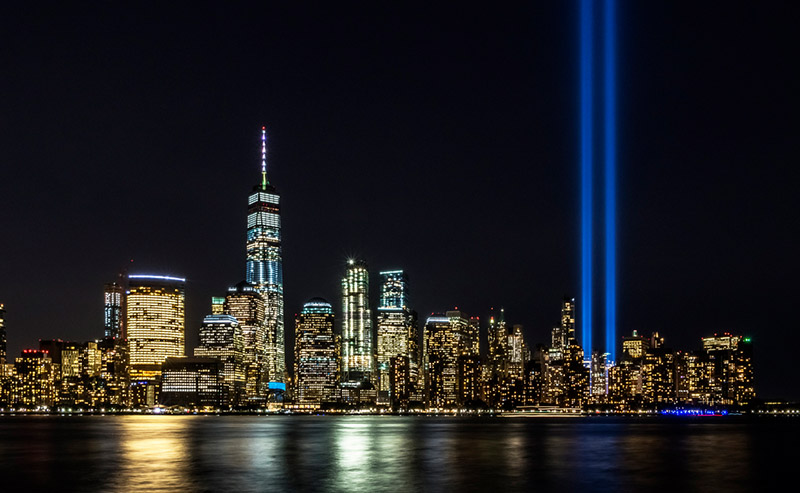September 11, 2001. It’s hard to believe it has been 18 years since that horrible day in our nation’s history. Looking back, you probably remember exactly where you were, and what you were doing as the day’s events unfolded in New York, Virginia and Pennsylvania. You also probably found yourself asking, “What next?” Everyone did, but no one knew the answer. The unimaginable had happened—the absolute worst of “worst-case” scenarios.
While it is difficult to think about such extreme situations, that is exactly what today’s emergency planners must do on a continual basis. They have to consider all the possibilities, no matter how far-fetched or unlikely they may seem, and then develop strategies for response, recovery, and ultimately, resilience. That means asking a lot of tough questions of their agencies or organizations, starting with “What if?”
- What if a hurricane had made landfall as a Category 5 storm in our area, disrupting operations for days, weeks, or even months?
- What if there was an active shooter event in the workplace, forcing our office(s) to close for a lengthy crime scene investigation?
- What if there was a flu pandemic, leaving our organization to operate with significantly fewer employees for an extended period of time?
- What if a violent, EF5 tornado ripped through our city, damaging or destroying everything in its path, including our office(s), local cell towers, and other critical infrastructure?
- What if cybercriminals hacked into our computers, holding our organization (or even our entire city) hostage until it pays the lofty ransom?
- What if there was another terrorist attack, killing or injuring innocent people, leveling buildings, displacing workers, or forcing us to suspend or alter operations indefinitely?
Emergency planners know that questions such as these take people out of their comfort zones. They’re supposed to. They make us stop and think “worst-case” so that we can better prepare our respective agency or organization for what may (or may never) come.
Studies show that around 85% of the things we worry about never actually happen. Still, when it comes to emergency preparedness, it is always best to err on the side of caution. That includes having a comprehensive Emergency Operations Plan (EOP), Continuity of Operations (COOP) plan, Continuity of Government (COG) plan, and in many instances, a FEMA-approved Hazard Mitigation Plan (HMP).
If it’s been a while since your agency or organization reviewed these crucial plans, please let the upcoming 9/11 anniversary serve as your reminder. Take the opportunity to improve emergency preparedness by asking, “What if?” and pushing for the answers. September 11, 2001, was a day that few, if any, could have ever anticipated, but now, 18 years later, it is one that America will never forget.
BOLDplanning remembers.






